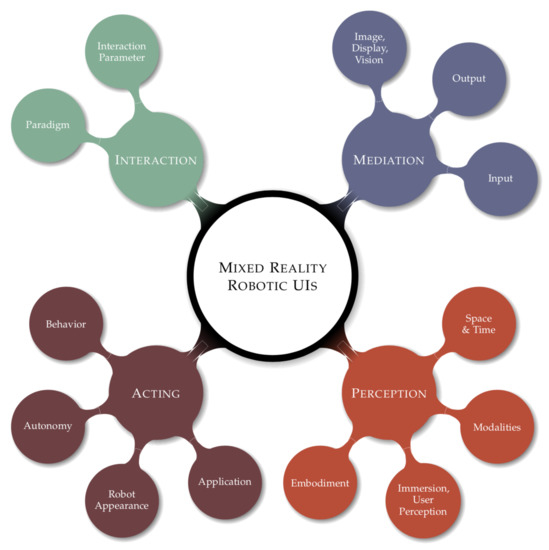IMPAct: A Holistic Framework for Mixed Reality Robotic User Interface Classification and Design
Abstract
Share and Cite
Krupke, D.; Zhang, J.; Steinicke, F. IMPAct: A Holistic Framework for Mixed Reality Robotic User Interface Classification and Design. Multimodal Technol. Interact. 2019, 3, 25. https://doi.org/10.3390/mti3020025
Krupke D, Zhang J, Steinicke F. IMPAct: A Holistic Framework for Mixed Reality Robotic User Interface Classification and Design. Multimodal Technologies and Interaction. 2019; 3(2):25. https://doi.org/10.3390/mti3020025
Chicago/Turabian StyleKrupke, Dennis, Jianwei Zhang, and Frank Steinicke. 2019. "IMPAct: A Holistic Framework for Mixed Reality Robotic User Interface Classification and Design" Multimodal Technologies and Interaction 3, no. 2: 25. https://doi.org/10.3390/mti3020025
APA StyleKrupke, D., Zhang, J., & Steinicke, F. (2019). IMPAct: A Holistic Framework for Mixed Reality Robotic User Interface Classification and Design. Multimodal Technologies and Interaction, 3(2), 25. https://doi.org/10.3390/mti3020025





